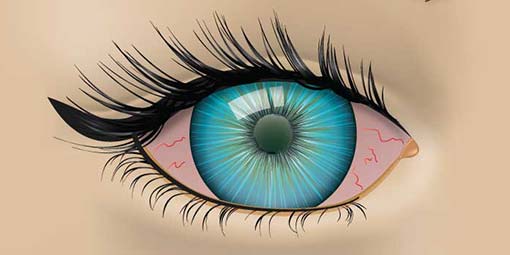Dry Eye Syndrome
16-07-2016
Dry Eye Syndrome, also referred to as Keratoconjunctivitis sicca (KCS), is an eye disease caused by eye dryness, which, in turn, is caused by either decreased tear production or increased tear film evaporation. Symptoms of dry eye syndrome include stinging or burning eyes, scratchiness, stringy mucus around the eyes, irritation from smoke and/or wind, excess tearing and difficulty wearing contact lenses.
Tear production typically decreases with age. Although dry eye can occur in men and women, it is more prevalent in post-menopausal women. Dry eye syndrome is also common in individuals suffering from arthritis. It can also be caused by a variety of over-the-counter and prescription medications. Consequently, it is important for patients to tell their optometrist the names of all the medications they are taking, so correct course of action is taken.. Sharing this information is essential for individuals taking diuretics, betablockers, antihistamines, sleeping pills, and pain relievers.
A simple eye examination by an optometrist can detect dry eye syndrome. In some cases, tests are performed where filter-paper strips are placed under the lower lids to measure tear production under various conditions.
Dry eye syndrome is a chronic and typically progressive condition. Depending the cause and severity of the condition, it may not be completely curable. However, in most cases, dry eyes can be managed successfully using one or more treatments. These treatments include using artificial tears, surgery and alter environmental conditions.
Over-the-counter eye drops, called artificial tears, are sometimes recommended to moisten the eyes. Individuals can use artificial tears as often as necessary, from once or twice a day to several times an hour. A second treatment option is to conserve the natural tears produced. Tears drain out of the eye through a small canal in the nose. Closing these canals either temporarily or permanently may be an option recommended, depending the cause and severity of the condition. A third treatment option is to mitigate or slow tear evaporation. Use of a humidifier, to ensure there is adequate humidity in the air is commonly recommended. Avoiding irritants, such overly warm rooms, hair dryers, wind and smoke is also highly recommended.
Schedule An AppointmentFYEyes Blog Posts
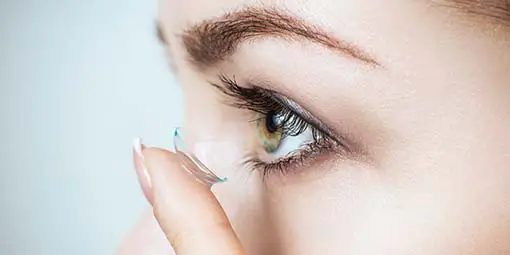
Reasons To Consider Scleral Contact Lenses
Scleral contact lenses offer numerous benefits, especially to those with unique needs.
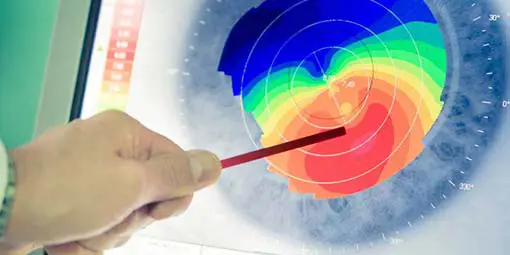
Do you need a special eye exam or eye test if you wear, or wish to wear, contact lenses?
Contact lens wearers require special tests and assessments.

Are Contact Lens And Eyeglass Prescriptions The Same?
Understand why contact lens prescription is not the same as one for glasses.

The Benefits Of Scleral Contact Lenses
cleral contact lenses redefine visual clarity and comfort for individuals with unique ocular needs.
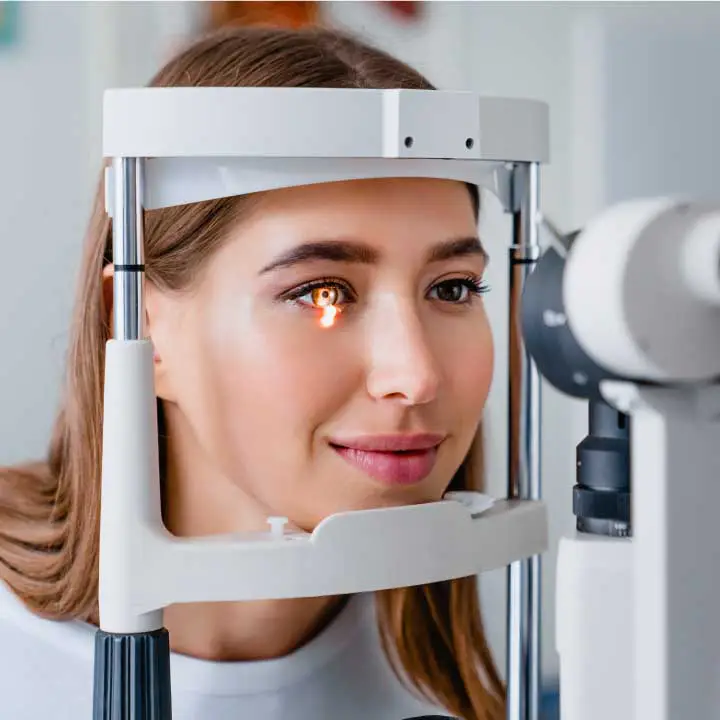
Adult Eye Exams
Our advanced eye exams consist of 25+ modern tests and digital scans to assess eye health, function, and visual acuity.
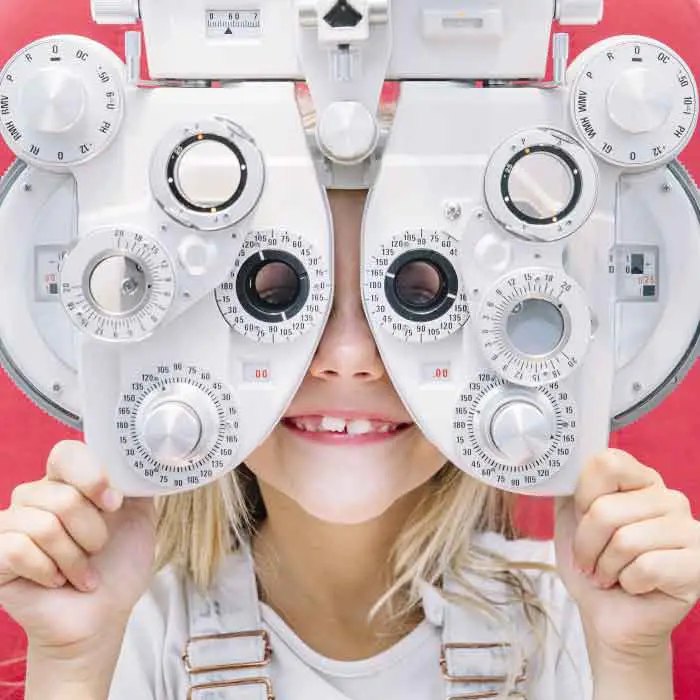
Child Eye Exams
Give your child a clear future with an annual eye exam from our experienced Edmonton optometrists.

Senior Eye Exams
Maintain your vision through your golden years with gold standard eye care from the optometrists at our Edmonton eye clinic.
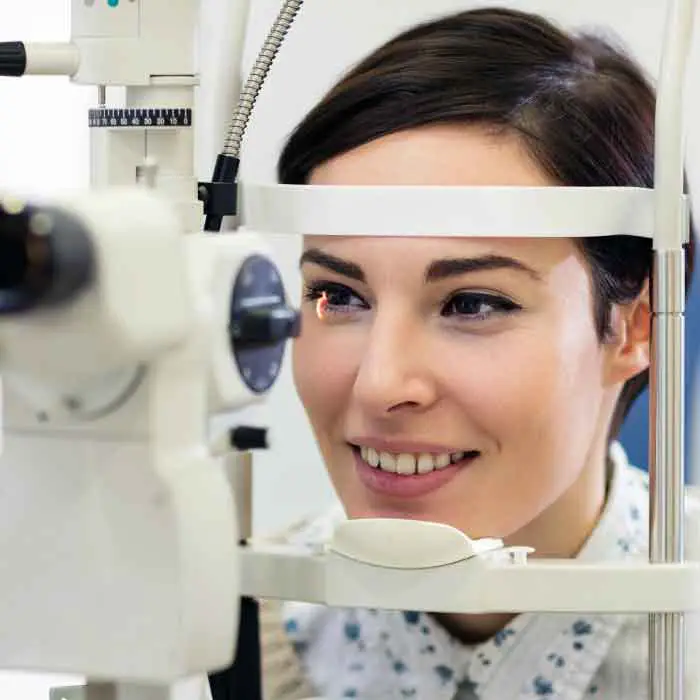
Contact Lens Eye Exams
Our eye exams for contact lens wearers include test and digital scans to assess eye health, function, visual acuity, and lens fit.
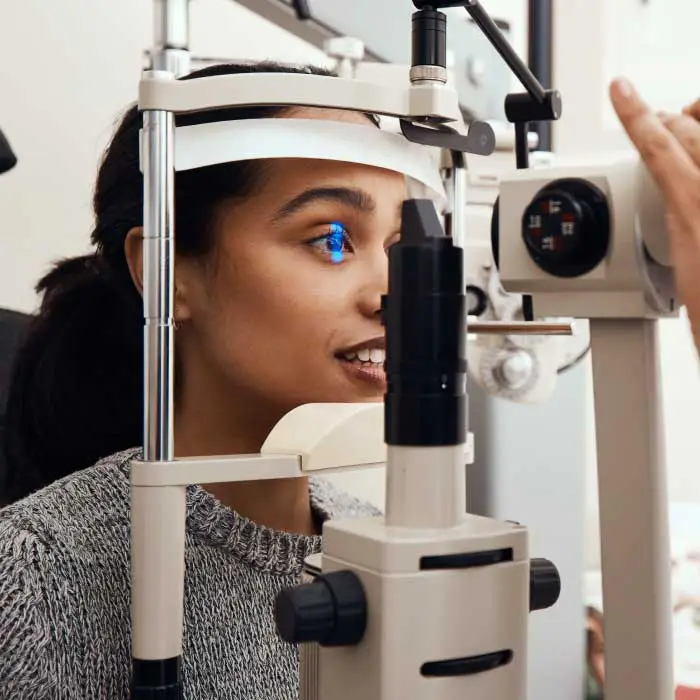
Diabetic Eye Exams
Managing diabetes requires regular eye exams to ensure that diabetes is not causing irreversible vision loss.
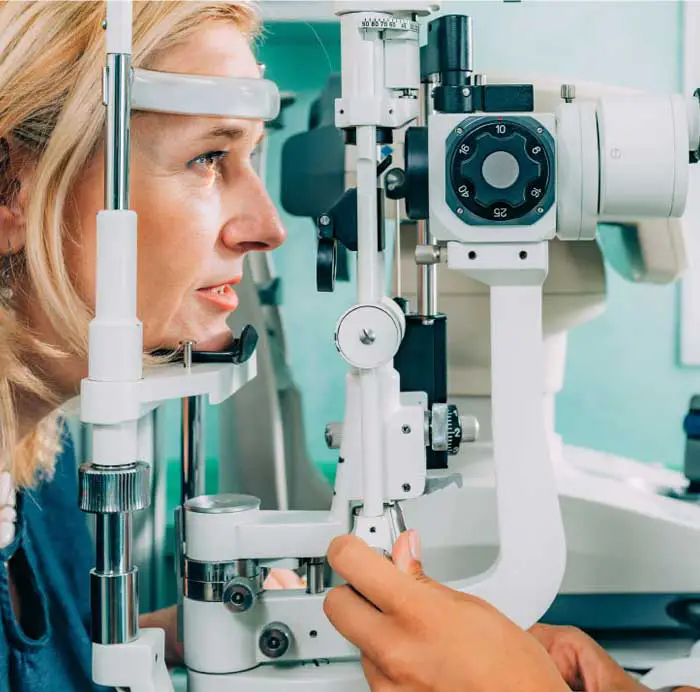
Dilated Eye Exams
Dilating the eyes enables our Edmonton optometrists to see more of the eye so that you many never see less.
Our Edmonton Eye Exams Are Comprised Of 4 Phases Of Evaluation
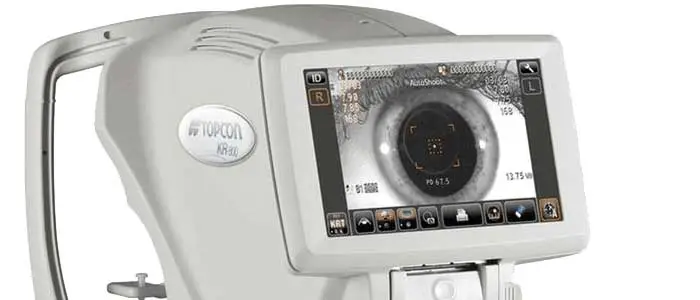
1. Eye Exam Pre-Testing
Corneal Thickness | Intraocular Pressures | Visual Field
Pre-testing is a detailed process that gathers all necessary information for the optometrist in advance of the optometrist-administered eye examination. This process involves completing a detailed patient history, as well as a series of standard tests. Pre-testing is an essential part of the comprehensive eye exam process, providing valuable information and visuals for both the optometrist and the patient.
More About Pre-Testing »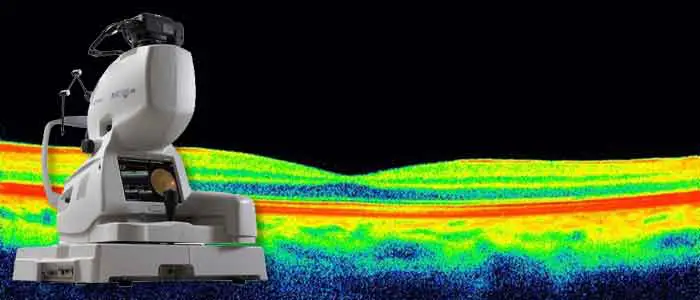
2. Advanced Diagnostic Testing
Retinal Photography, OCT, Topography
eye-deology Vision Care differentiates itself from other clinics by having the most advanced modern diagnostic specialty testing equipment. Specialty equipment, such as a wide-angle high-resolution retinal imager, Optical Coherence Tomography (OCT), Humphrey Visual Field Analyzer and corneal topographer, ensures that patients receive the best comprehensive eye care.
More About Advanced Testing »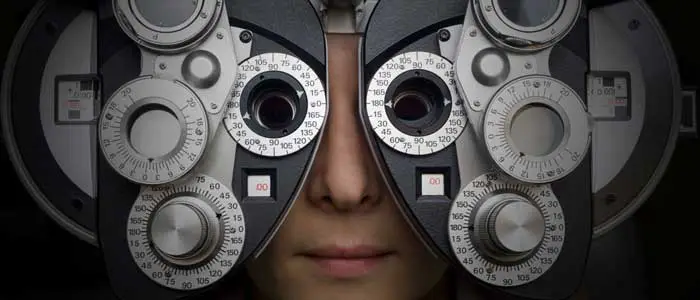
3. Optometrist Examination
Health Assessment & Disease Diagnosis
eye-deology Vision Care Edmonton optometrists perform a multitude of tests and assessments to evaluate ocular health, eye coordination, and visual acuity. In addition, they also evaluate the results of the tests and scans performed during pre-testing. As part of patient education, our optometrists also take the time to show and explain results to patients.
More About Doctor Exam »
4. Eye Glass Consult
Prescription | Lens Selection | Digital Fitting
If you require corrective lenses to improve your vision, our licensed opticians will customize their fit to your unique attributes, needs, lifestyle, and budget. Our opticians are happy to provide you with information about the latest eyeglass frame and lens technologies available so you can make informed decisions and begin seeing and looking your best.
More About Eyewear Consult »